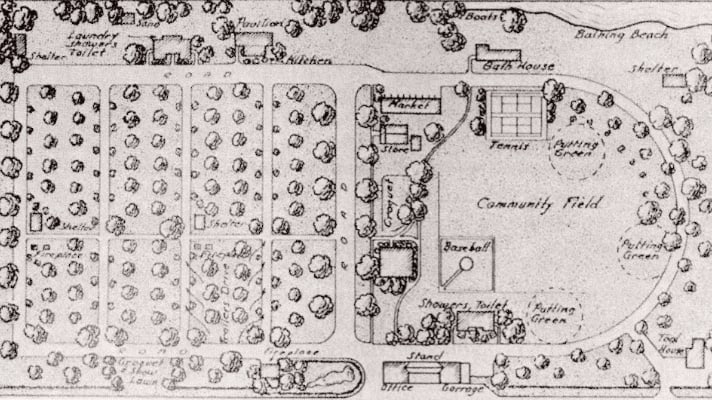Line maps are far more important than you’d think. They serve practical and essential purposes. They provide critical guidance in areas ranging from agriculture to urban planning. As boundaries shift and land use evolves, these maps help users navigate change with clarity. Understanding their widespread use is key to making informed, effective decisions that shape communities and support responsible development across various sectors.
The Role in Agriculture
Line maps are also used for farming and manufactured housing communities. They help guide land boundaries and maintain fair dispersion. Those maps help avoid land conflicts, contributing to farmers’ peaceful coexistence. In addition, they assist in planning better rotations and resource mobilization. Tennessee property lines can make their irrigation systems more productive, all based on topography.
Knowing this goes a long way in helping you make informed planting decisions, as well as helping with soil types and potential yields (line maps). Line map adapted for time series. Line maps are also important because, at this moment, agricultural practices are going to be affected by climate change. Integrating this data with farming makes it sustainable and creates resilience.
Mobile home lot rent revealed here:

Urban Planning and Development
Planners often use Line maps to create cities, parks, and new communities. They assist in demarcating regions for residential, commercial, and industrial purposes. The organization works to ensure that cities grow harmoniously, addressing the needs of those who live there. With the line maps, planners locate places to construct the infrastructure.
In addition, line maps help us manage the growth of cities. Population growth requires cities to grow smart. Transportation networks are designed from maps so everyone can access everything. By doing so, they also showcase areas that are vulnerable to natural disasters, which can help in disaster preparedness and mitigation efforts.
Plus, maps play another crucial role in saving urban green land. By identifying land that should be set aside for parks and recreation, planners can improve residents’ quality of life. That balance between nature and development creates a healthy urban ecology.
Environmental Efforts by Conservationists
Conservationists use line maps to manage natural resources, identify areas of critical habitat, and assess biodiversity. They can also assess natural landscapes to protect against natural disasters, ensuring that endangered species and ecosystems are protected from destruction.
Similarly, line maps are extremely useful for tracking environmental change. Shifts in landscapes can be tracked so that interventions can be taken as necessary. With accurate mapping, conservation efforts are more focused and effective. However, with the increasingly pressing global environmental challenges, line maps can still provide an indispensable tool.
In addition, these maps also help increase public awareness. Visualizing data helps individuals understand the relevance of conserving natural resources, such as awareness and, in turn, community involvement in sustainable initiatives.

Historical and Cultural Significance
Maps of the line are part of the history and culture. These provide clues about the civilisations of old and the world as they understood it. These maps will help explain how societies have developed over time. Lastly, line maps can be useful for archaeologists in finding the remains of sites.
In addition, the line maps embody the culture of the area. They represent ancestral land use patterns and social configurations. This allows for cultural heritage to be preserved and develops identity. Knowledge of historic land distributions could better inform planning of modern development and the preservation of cultural values.
Line maps give a visual display of history in the classroom. Students learn about the causes of major events from the past and how they shape present-day societies. This knowledge nurtures the appreciation of our many cultures and common histories.
The Passage to Technology
Line maps have evolved significantly thanks to technological advancements. Modern digital mapping tools are far more precise and user-friendly than traditional methods. Geographic Information Systems (GIS) now combine multiple data sources to deliver detailed, comprehensive insights. This evolution has greatly expanded the use of line maps across various sectors, making them essential tools for planning, analysis, and informed decision-making in today’s data-driven world.
Moreover, the advent of satellite imagery and remote sensing technologies has completely changed the face of mapping. These features allow for real-time updates and corrections in dynamic situations. With technological advancements, the opportunity for exploration and analysis of line maps is continually increasing.
Yet, even as we have embraced everything digital, it has also brought several challenges. Data security and privacy issues have gained importance now. The tension between technology and responsibility is still an important matter in our mapping practice.
Conclusion
Line maps are ubiquitous in many areas. Whether in agriculture or city planning, they are used in many fields. Because of the importance of line maps, societies can make better informed choices that can lead to sustainability and growth. With the continued advancement of visual technology, the future holds more power for line maps, which could lead to greater insight and connectivity. These tools aim at helping communities get through a complicated, ever-changing world so that everyone has a better tomorrow.
